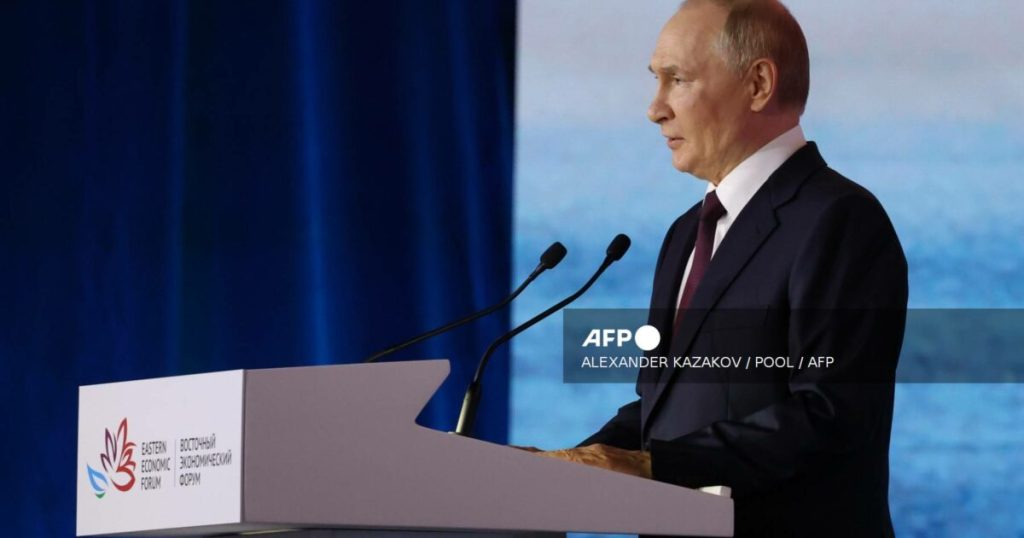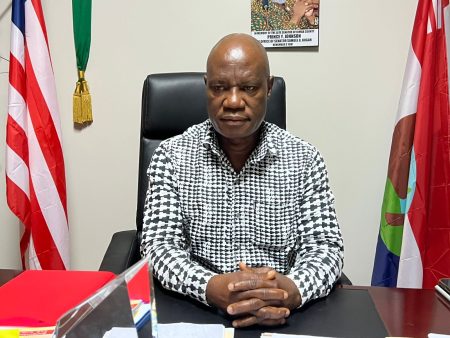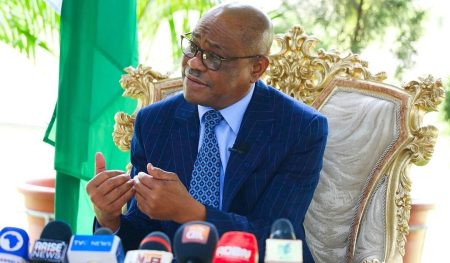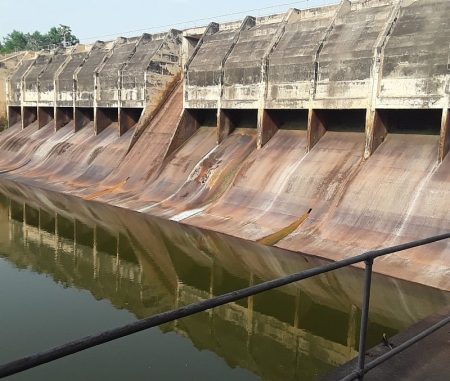The geopolitical landscape surrounding the ongoing conflict in Ukraine took a sharp turn with Russian President Vladimir Putin’s stark warning against the deployment of Western forces in the country. His statement, delivered at an economic forum in Vladivostok, explicitly labeled any such forces as “legitimate targets” for the Russian military. This declaration followed a commitment by two dozen countries, spearheaded by France and Britain, to establish a “reassurance” force – encompassing land, sea, and air components – designed to oversee the implementation of any future peace agreement. Putin’s assertive stance casts a long shadow over the prospects for a negotiated settlement and underscores the deep mistrust that permeates the relationship between Russia and the West.
The proposed Western troop presence, though lacking specific details regarding its size and composition, is viewed by Kyiv as an indispensable security guarantee. Ukraine argues that such a force is essential to deter any future Russian aggression and ensure the durability of any peace accord. This perspective stems from the devastating consequences of the conflict that erupted in February 2022, resulting in tens of thousands of casualties, widespread displacement, and extensive destruction across eastern and southern Ukraine. The scars of this conflict, coupled with historical precedents of alleged Russian violations of agreements, fuel Ukraine’s insistence on robust security assurances.
Putin’s counterargument rests on the premise that if a genuine peace agreement is achieved, the presence of Western troops becomes redundant. He asserted that Russia would fully comply with any agreed-upon terms, implicitly questioning the necessity of a foreign military presence on Ukrainian soil. This assertion, however, clashes with the skepticism prevalent in Ukraine and the West, where past instances of alleged Russian breaches of agreements, particularly during the 2014-2022 conflict in eastern Ukraine, fuel doubts about Moscow’s commitment to upholding future accords. This divergence in perspectives highlights the fundamental challenge in building trust and establishing a framework for a sustainable peace.
The crux of the disagreement lies in the interpretation of the conflict’s root causes and the perceived threats to long-term peace. Putin attributes the escalation of tensions, at least in part, to Ukraine’s increasing military cooperation with the West, framing it as a provocation that necessitates a Russian response. Conversely, Ukraine and its Western allies view Russia’s actions as the primary source of instability, necessitating a deterrent force to prevent further aggression. This fundamental difference in perceptions underscores the deep chasm that separates the parties involved and complicates the search for common ground.
The lack of transparency surrounding the proposed “reassurance” force adds another layer of complexity to the situation. While the commitment from Western nations signals a willingness to support Ukraine’s security concerns, the absence of concrete details regarding troop numbers, national contributions, and operational parameters leaves room for ambiguity and potential misinterpretations. This lack of clarity could inadvertently exacerbate tensions, as Russia might perceive the force as a more direct threat than intended, further hindering the prospects for de-escalation.
Putin’s explicit warning against the deployment of Western forces in Ukraine significantly escalates the stakes in the ongoing conflict. By labeling such troops as “legitimate targets,” he draws a clear red line and introduces the potential for direct confrontation between Russia and Western powers. This heightened rhetoric underscores the fragility of the situation and the urgent need for diplomatic efforts to prevent further escalation. The contrasting perspectives on the need for a Western military presence, coupled with the lack of detailed information about the proposed force, create a volatile environment where miscalculations and misunderstandings could have dire consequences. The path towards a peaceful resolution requires careful navigation and a concerted effort to bridge the deep divide that separates the parties involved.














